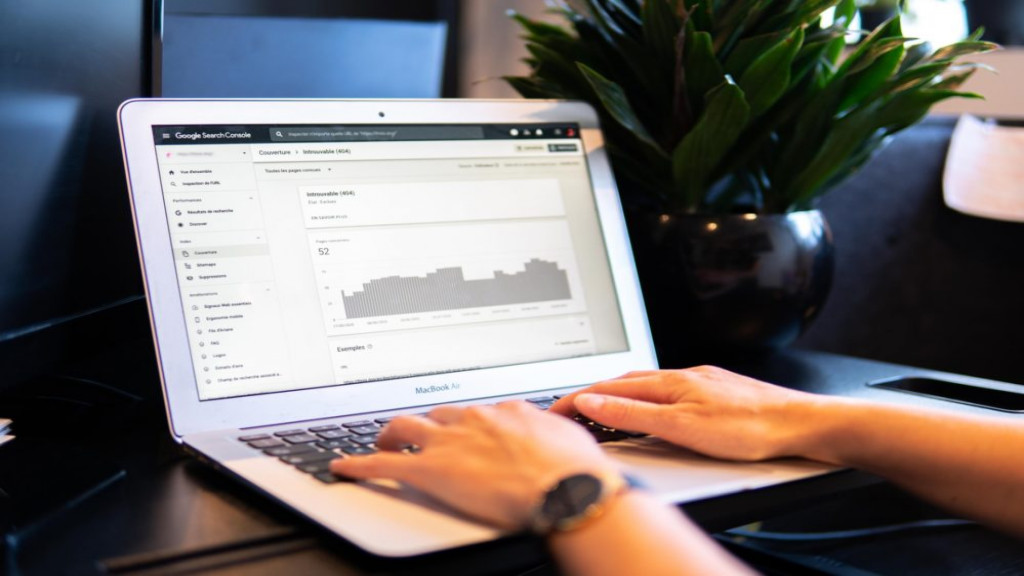The Most Important 3 V's of Big Data
Definition
Big data analytics is a term that describes the process of using data to discover trends, patterns, and other correlations, as well as using them to make data-driven decisions.
But, what's Big data Analytics in a more advanced manner ?
Defining Advanced Analytics as a Discovery Mission:
According to a 2009 TDWI survey, 38% of organizations surveyed reported practicing advanced analytics, whereas 85% said they would be practicing it within three years.1 Why the rush to advanced analytics? First, change is rampant in business, as seen in the multiple “economies” we’ve gone through in recent years. Analytics helps us discover what has changed and how we should react. Second, as we crawl out of the recession and into the recovery, there are more and more business opportunities that should be seized. To that end, advanced analytics is the best way to discover new customer segments, identify the best suppliers, associate products of affinity, understand sales seasonality, and so on. For these reasons, TDWI has seen a steady stream of user organizations implementing analytics in recent years.
Defining Big Data Via the Three Vs
Most definitions of big data focus on the size of data in storage. Size matters, but there are other important attributes of big data, namely data variety and data velocity. The three Vs of big data (volume, variety, and velocity) constitute a comprehensive definition, and they bust the myth that big data is only about data volume. In addition, each of the three Vs has its own ramifications for analytics.
Data volume as a defining attribute of big data.
It’s obvious that data volume is the primary attribute of big data. With that in mind, most people
define big data in terabytes—sometimes petabytes. For example, a number of users interviewed by
TDWI are managing 3 to 10 terabytes (TB) of data for analytics. Yet, big data can also be quantified
by counting records, transactions or tables. Some organizations find it more useful to quantify
big data in terms of time. For example, due to the seven-year statute of limitations in the U.S., many
forms prefer to keep seven years of data available for risk, compliance, and legal analysis.
The scope of big data varies widely.
The scope of big data affects its quantification, too. For example, in many organizations, the data collected for general data warehousing differs from data collected specifically for analytics. Different forms of analytics may have different data sets. Some analytic practices lead a business analyst or similar user to create ad hoc analytic data sets per analytic project. Ten, there’s the entire enterprise, which in toto has its own, even larger scope of big data. Furthermore, each of these quantifications of big data grows continuously. All this makes big data for analytics a moving target that’s tough to quantify.
Data type variety as a defining attribute of big data.
One of the things that makes big data really big is that it’s coming from a greater variety of sources
than ever before. Many of the newer ones are Web sources, including logs, clickstreams, and social
media. Sure, user organizations have been collecting Web data for years. But, for most organizations,
it’s been a kind of hoarding. We’ve seen similar untapped big data collected and hoarded, such as
RFID data from supply chain applications, text data from call center applications, semi structured
data from various business-to-business processes, and geospatial data in logistics. What’s changed is
that far more users are now analyzing big data instead of merely hoarding it. The few organizations
that have been analyzing this data now do so at a more complex and sophisticated level. Big data isn’t
new, but the effective analytical leveraging of big data is.
Data feed velocity as a defining attribute of big data.
Big data can be described by its velocity or speed. You may prefer to think of it as the frequency of
data generation or the frequency of data delivery. For example, think of the stream of data coming
of of any kind of device or sensor, say robotic manufacturing machines, thermometers sensing
temperature, microphones listening for movement in a secure area, or video cameras scanning
for a specific face in a crowd. The collection of big data in real time isn’t new; many forms have
been collecting clickstream data from Web sites for years, using streaming data to make purchase
recommendations to Web visitors. With sensor and Web data flying at you relentlessly in real time,
data volumes get big in a hurry. Even more challenging, the analytics that go with streaming data
have to make sense of the data and possibly take action—all in real time.
- Reem Sadek
- Mar, 27 2022

